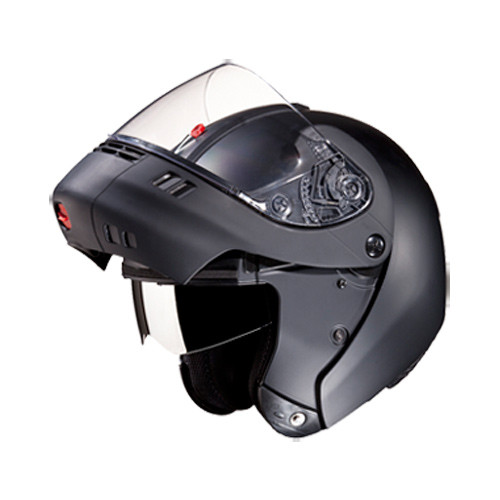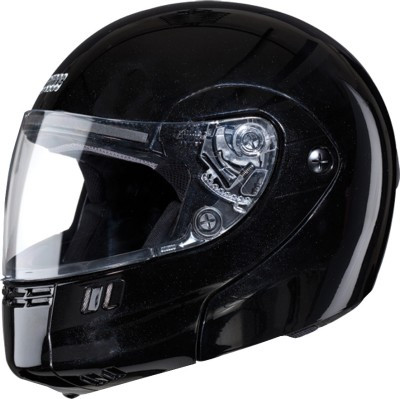As a cyclist, understanding the nuances of Bike Riding Helmets is crucial for both safety and riding pleasure. Many factors come into play when selecting the perfect helmet, and personal experiences can offer valuable insights. Let’s delve into a firsthand account that highlights the differences between helmet types and their impact on your cycling experience.
 Half Face
Half Face
I own both a standard bike helmet and a heavier, full-face motorcycle helmet, the latter being convertible to a half-face style when needed. Curiosity led me to an experiment: wearing my motorcycle helmet on a casual city bike ride. While I anticipated some unusual looks from fellow commuters, my primary focus was on performance and comfort. The slight reduction in auditory perception wasn’t a major concern, as my motorcycle riding experience had already trained me to effectively hear important sounds like horns and brakes even with a full-face helmet.
However, the real issue emerged swiftly. Within just 30 minutes of cycling with the motorcycle helmet, a severe neck ache developed – something I never experience when motorcycling. The reason, I realized, lies in the fundamental differences in body posture and movement between cycling and motorcycling. Cycling engages your entire body with each pedal stroke, from head to toe. A lightweight bike riding helmet becomes an extension of your body, barely noticeable. Your posture constantly shifts – upright at intersections, leaning forward for speed – and the minimal weight of a bike helmet allows for this dynamic movement without strain.
 Full Face
Full Face
In contrast, the motorcycle helmet felt like a significant, constantly shifting weight. Every cycling motion, every pedal, every lean, was amplified by the heavy helmet, placing continuous stress on my neck. Motorcycling, conversely, involves a more static posture for extended periods. Body movements are largely confined to hands and feet for controls, minimizing whole-body motion. Once a motorcycle helmet is properly positioned, the weight becomes less of a factor during the ride.
It’s worth noting that even with motorcycle helmets, neck strain can occur on long rides, especially over bumpy terrain. This experiment underscored the critical importance of using a bike riding helmet specifically designed for cycling. These helmets prioritize lightweight construction and ventilation, ensuring comfort and safety without hindering the dynamic movements inherent to cycling. Choosing the correct bike riding helmet is not just about compliance; it’s about enhancing your overall riding experience and preventing discomfort that can detract from the joy of cycling.
